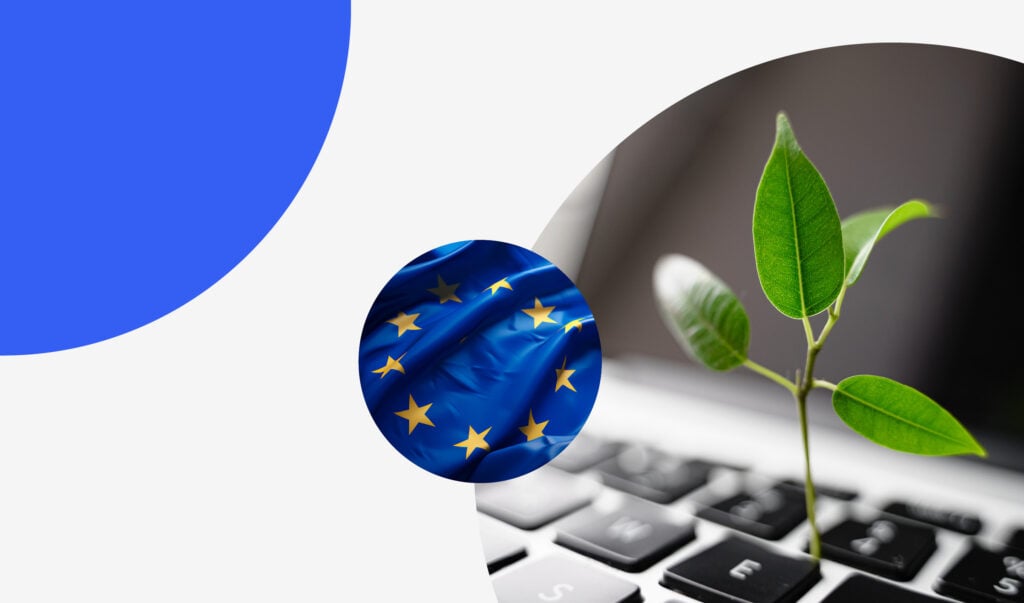Why supply chain visibility is no longer optional: The strategic imperative driving business performance
The question isn’t whether your organisation needs supply chain visibility—it’s whether you can afford to operate without it. Recent high-profile cases, from companies being added to forced labour lists, demonstrate that supply chain blindness is now a business-critical risk.
Compliance is just the beginning
The regulatory landscape for supply chain oversight is constantly evolving, creating both opportunities and uncertainties for businesses. The EU’s Corporate Sustainability Due Diligence Directive (CSDDD) will establish new EU-wide standards from 2028 (delayed from the original 2027 timeline), whilst Germany has announced plans to repeal its Supply Chain Due Diligence Act (LKSG) reporting requirements ahead of the CSDDD implementation. Meanwhile, modern slavery laws in the UK and Australia continue to evolve, with calls for stronger enforcement and due diligence requirements.
But here’s what many leaders miss: regardless of specific regulatory changes, the fundamental business drivers for supply chain visibility remain unchanged. Enhanced transparency isn’t just about compliance, it’s about competitive advantage. The real value lies in what visibility can deliver for your bottom line.
Consider this stark reality: 94% of investors believe corporate sustainability reports contain at least some greenwashing. This scepticism isn’t just eroding trust—it’s directly impacting your ability to secure investment and competitive financing terms.
The Hidden Cost of Supply Chain Blindness
The business case becomes compelling when you examine what visibility actually delivers. Recent research from leading consulting firms shows that organisations implementing comprehensive supply chain visibility programmes consistently achieve measurable returns across three key areas:
1. Financial Impact:
Sustainable procurement directly translates into cost reduction.Companies like Unilever and Walmart have documented significant cost savings through enhanced supply chain transparency. Moreover, ESG performance is increasingly a factor in capital allocation, and transparent companies are attracting more interest and frequently much better terms.
2. Risk Mitigation:
Proactive risk management prevents the kind of public scandals that can destroy decades of brand building overnight. Supply chain visibility allows you to identify and address risks before they become headline news.
3. Operational Excellence:
Enhanced visibility reduces inefficiencies, improves supplier relationships, and builds supply chain resilience that can weather global disruptions.
From risk assessment to strategic advantage
The most successful organisations aren’t just managing compliance, they’re leveraging data to create competitive advantage. By identifying where your supply is located, the sector they operate in, and the goods and services that they provide, you already have a pretty good basis for understanding your risk.
But understanding risk is only the first step. The real transformation happens when you layer different types of risk assessment to build a complete picture. This starts with mapping the fundamental risks that exist in specific locations and industries—for example, forced labour risks are higher in certain geographic regions or manufacturing sectors. You then evaluate how well individual suppliers are managing those risks by asking them to complete detailed questionnaires about their policies, training programmes, and management systems.
Technology platforms like Sedex combine this information with extensive databases of country, sector, and product-specific risk data to automatically generate comprehensive risk scores. This systematic approach reveals exactly where the highest-priority issues exist across your supply chain, enabling you to focus your resources where they’ll have the greatest impact.
Building internal buy-in: speaking the board’s language
One of the most significant barriers to implementing comprehensive supply chain visibility isn’t technical—it’s organisational. Securing internal buy-in is a critical success factor, and board-level commitment is essential for transformation.
Industry research consistently shows that successful implementations require more than technology, they demand cultural change. Leading organisations invest in comprehensive training programmes across thousands of employees, helping to reduce internal resistance and foster a culture of responsibility. The key is demonstrating tangible business benefits rather than presenting visibility as a compliance burden.
Making supply chain visibility data work for you
Modern supply chain visibility isn’t about drowning in data, it’s about actionable intelligence. By conducting further due diligence through Sedex’s SMETA audit methodology, organisations can get a better understanding of what their suppliers’ practices are looking like on the ground, which might lead to findings that aren’t easy to detect through desk-based tools.
The most effective platforms combine automated risk assessment with human expertise, providing not just data but the context needed to make informed decisions. This approach enables organisations to move beyond reactive compliance towards proactive risk management.
Supplier relationships: From adversarial to collaborative
Enhanced visibility doesn’t mean increased scrutiny that damages supplier relationships. When implemented correctly, it strengthens partnerships. Industry best practice shows that continuous engagement and conversation with suppliers is crucial for success.
The most successful organisations position transparency initiatives as partnership opportunities rather than compliance burdens. When suppliers understand that enhanced transparency can help them improve their operations and access new markets, resistance transforms into collaboration. Suppliers who understand the benefits of responsible sourcing, such as improved working conditions and compliance with regulations, become more cooperative and engaged partners.
Implementation framework
Successful supply chain visibility implementation follows a clear progression:
1. Start with Risk Assessment: Identify inherent risks based on geography, sector, and product categories using Sedex’s risk assessment tools
2. Implement Data Collection: Use self-assessment questionnaires to understand supplier management systems
3. Conduct Due Diligence: Leverage audit methodologies for high-risk suppliers
4. Build Internal Capabilities: Secure board buy-in and train teams across the organisation
5. Foster Supplier Engagement: Create collaborative relationships that encourage transparency
Looking forward: Visibility as competitive advantage
The organisations that prosper in the next decade won’t be those that merely comply with regulations, they’ll be those that leverage supply chain visibility as a strategic differentiator. Enhanced transparency enables better decision-making, reduces costs, improves risk management, and builds the trust that increasingly drives customer and investor decisions.
The question isn’t whether enhanced supply chain visibility will become essential—it already is. The question is whether your organisation will lead this transformation or be forced to catch up.
Ready to transform your supply chain visibility?
Sedex’s comprehensive platform has helped thousands of organisations across 180 countries build transparent, resilient supply chains. Our proven methodology combines cutting-edge technology with deep industry expertise to deliver measurable business results.
Contact our team to discover how enhanced supply chain visibility can drive your business performance whilst supporting compliance with evolving regulations.
You can also watch our on-demand webinar about the business case for supply chain visibility here:
Discover more about Sedex’s supply chain visibility solutions at www.sedex.com




